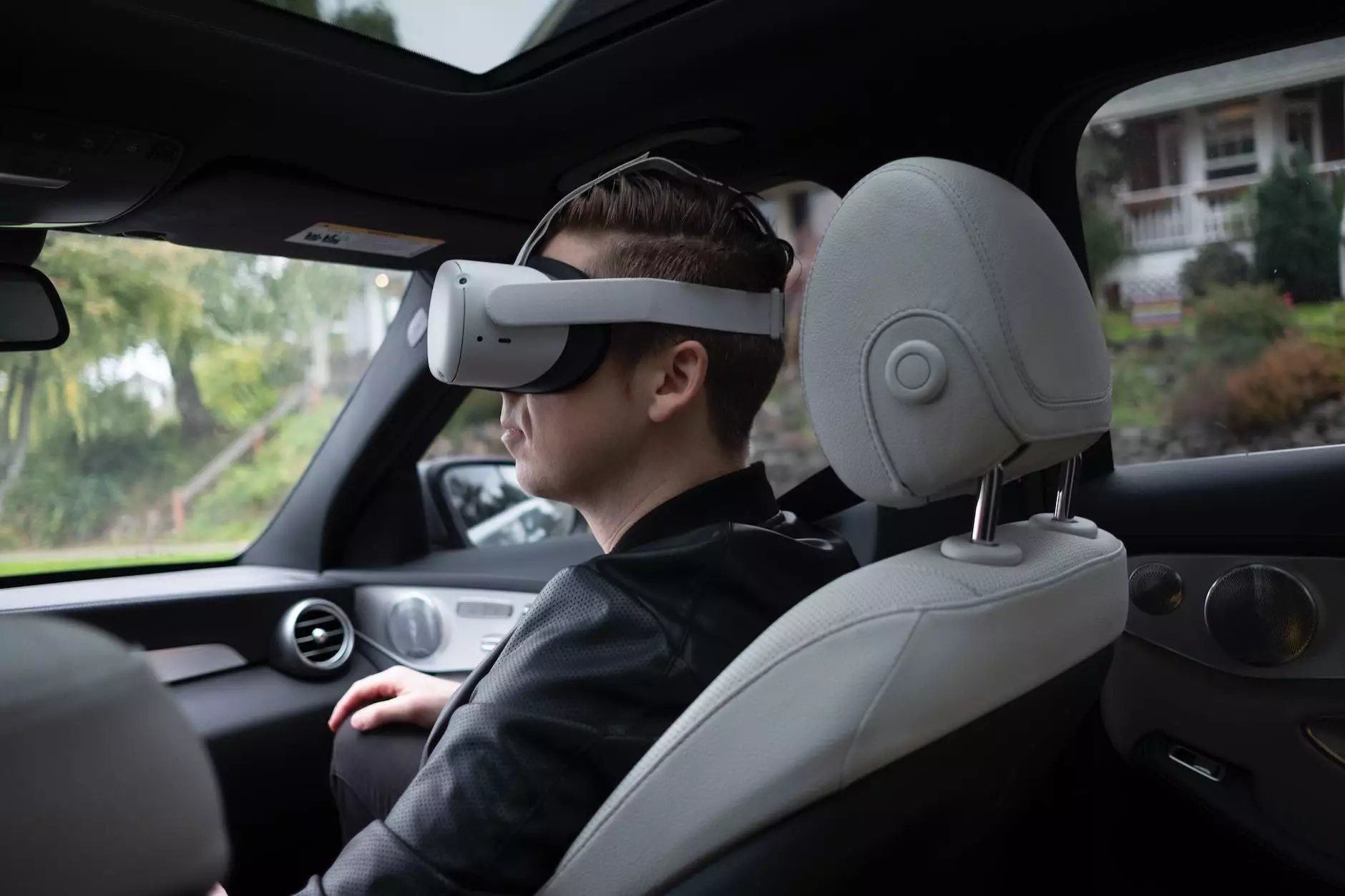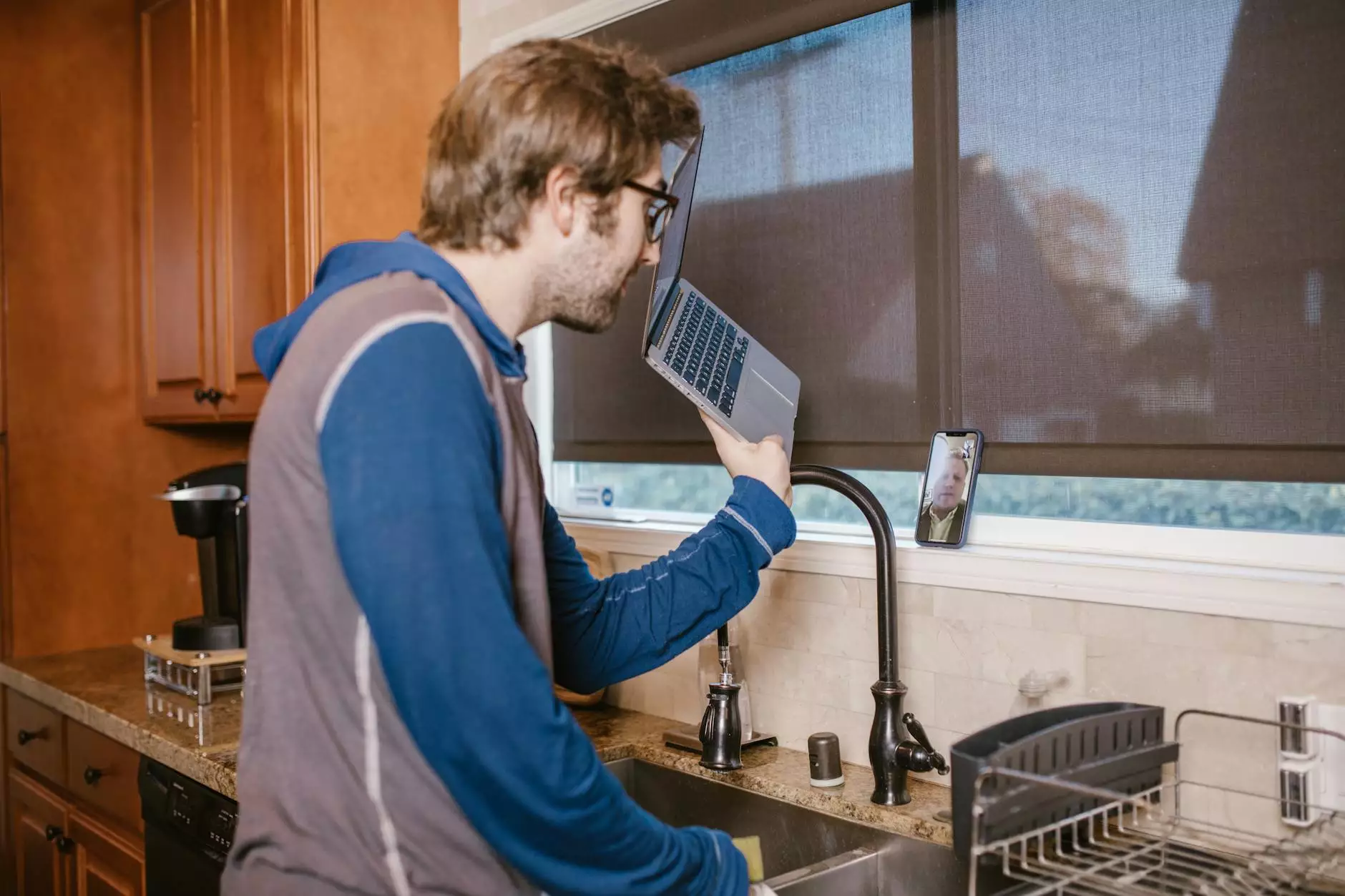Virtual Reality (VR) in the Automotive Industry
Learn More
Introduction
Welcome to CI Advertising's comprehensive guide on virtual reality (VR) in the automotive industry. As a leading provider of innovative marketing and advertising solutions, we understand the potential of VR to revolutionize the way businesses engage customers. In this article, we will explore the benefits, applications, and future prospects of VR technology in the automotive sector.
The Power of Virtual Reality in Marketing
Virtual reality offers an immersive and interactive experience that allows businesses to showcase their products and services like never before. In the automotive industry, VR presents a unique opportunity to connect with customers by offering virtual test drives, showcasing new car models, and providing virtual tours of showrooms.
Enhancing Customer Engagement
One of the key advantages of VR is its ability to captivate and engage customers on a deeper level. Through realistic simulations and interactive features, automotive companies can provide potential buyers with a virtual driving experience that closely resembles the real thing. This not only allows customers to explore various vehicle options but also generates excitement and emotional connection towards the brand.
Transforming the Car Buying Experience
VR can revolutionize the car buying process by enabling customers to personalize their vehicles virtually. Shoppers can visualize different colors, trims, and interior options, allowing them to make informed decisions without the need for physical prototypes. This streamlines the purchasing journey, saves time, and enhances the overall buying experience.
Virtual Showrooms and Dealerships
With the rise of online shopping, brick-and-mortar dealerships need to adapt to changing consumer behavior. VR technology enables automotive businesses to create virtual showrooms and dealerships that provide a seamless browsing experience. Customers can explore the entire product range, interact with vehicles, and even schedule test drives, all without leaving the comfort of their homes.
Training and Education
Besides marketing and sales applications, VR also plays a crucial role in training and education within the automotive industry. Manufacturers can use VR simulations to train employees on assembly processes, safety procedures, and equipment handling. Additionally, VR can facilitate educational programs for aspiring car designers and engineers, allowing them to practice their skills in a realistic virtual environment.
Future Trends and Innovations
The future of VR in the automotive industry holds exciting possibilities. Advancements in technology, such as augmented reality (AR) overlays and haptic feedback, will further enhance the immersive experience. Additionally, VR can be integrated with other emerging technologies like artificial intelligence (AI) to create personalized recommendations and interactive virtual assistants.
Conclusion
As the automotive industry continues to evolve, embracing virtual reality is essential for businesses looking to stay ahead of the curve. CI Advertising offers cutting-edge VR solutions tailored to meet the unique marketing needs of automotive companies. Contact us today to learn more about our VR services and discover how it can transform your business.










